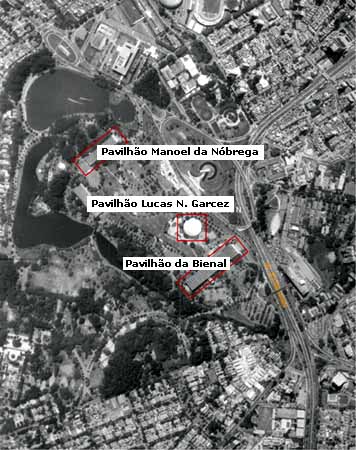
xx
The recent megaprojects of redevelopment imply an entirely distinct conception
of urban space and intervention strategies. The amplitude of disinvested areas
generated by deindustrialization and restructuring process allows conceiving the
city as a fragmented set of large regions. New activities colonize exclusive spatial
segments connected through the city, isolated from the remainder of the urban
fabric, disrupted by the selective reorganization process.
These projects reconfigure entire regions, with multiple programs and installations, concentrated in megastructures but also encompassing all the area around. The network of public places, conceived previously as resultant of the symbolic and irradiating force of these sites, is substituted by an urban enclave, practically autonomous, implanted at once, not obeying the profile and location of the traditional places. Entirely new patterns are established, without any relation with the habits and mental maps of the inhabitants.
The submission of the city to the museum and the spectacle logic, already announced in the previous phase, is consolidated through the construction of very large museums and cultural centers totally turned to cultural tourism. But a change of function occurs: the new exhibition places are megastructures that have a fundamental role in the cities restructuring and its insertion in global economy.
In the most recent phase of the global cities reorganization, changes the mode through which art is inserted in the process, with the predominance of large exhibition spaces, now an important factor in redevelopment projects. A change in the management procedures occurs, with the valorization of the collections through its continuous circulation, each time in bigger surfaces. Also implying alterations in the systematic of the exhibitions, producing an exhibition circuit conceived to be financially sustained through international itinerancy. Directly related to the administrative strategies of cultural tourism promotion, these large institutions redefine the place’s position in the international hierarchy of the cities.
references
S. Sassen, The Global City, Nova Jersey, Princeton UP, 1991.
M. Castells, The Informational City, Cambridge, Blackwell, 1989.
B. Mari, Muntadas: City Museum, em: Sites, Nova York, 1993.
R. Krauss, The Cultural Logic of the Late Capitalist Museum, em: October, The
Second Decade: 1986-1996, Cambridge, MIT Press, 1997.

